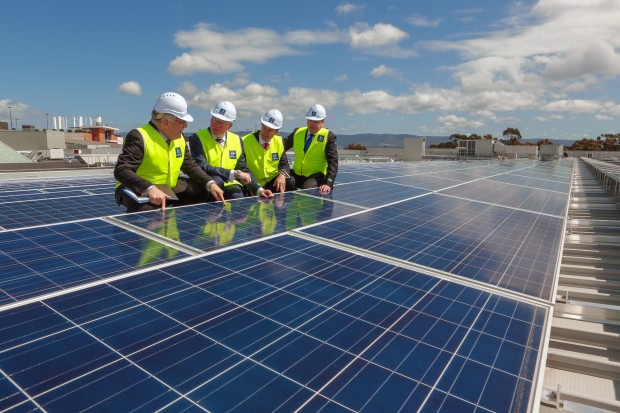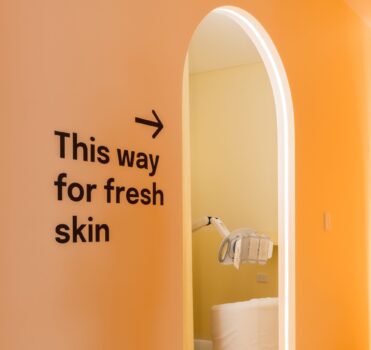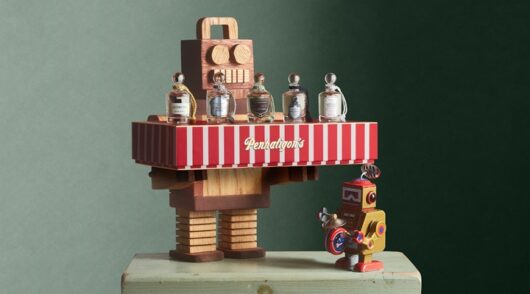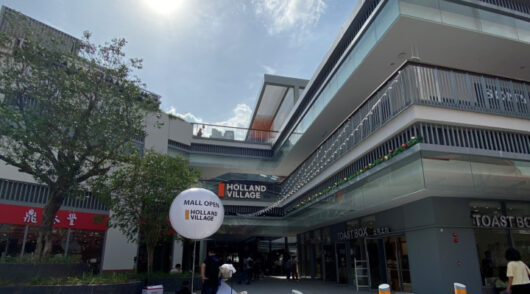 Are sustainability and greens initiatives in property development more than just a feel-good premise?
Are sustainability and greens initiatives in property development more than just a feel-good premise?
It’s been around 15 years since retail property developers started extolling the virtues of creating efficient buildings as a means of reducing operating expenses – and nothing’s changed.
Developers remain at the beck and call of energy providers’ pricing models, government taxes and a gamut of external economic factors. This has necessitated a diligent, yet proactive approach to managing and operating the expenses of assets with the propensity to control expenses and still grow revenue remaining prescriptive indicators of shareholders’ happiness.
But after 15 years of dabbling in sustainable and greens ventures, does the capital investment made in constructing sustainable shopping centres and retail spaces offer more than simply acting as a philanthropic notion with mitigated operating costs?
Boosted visitation rates and a doubling of annual sales; flow on benefits for asset value with reputational advantages; and generating positive revenue that exceeds the initial capital investment made, certainly suggests so.

Stockland invested over $2 million into the solar photovoltaic roof installed at its Shellharbour shopping centre on the NSW south coast. The system comprises 3991 PV panels installed on the roof across a total surface area of 7658sqm – the size of a football field. On average, the system generates 4789 kilowatt hours (kWh) per day – enough to power 280 homes and 28 per cent of the centre’s daily base building power requirements.
“The ROI is quite straightforward because the capital needed to build the solar plant starts to generate a positive revenue,” John Schroder, group executive and CEO commercial property at Stockland, told Inside Retail Weekly. “If you’ve got an embedded network, which increasingly is emerging as a means by which you can create efficiency in the buying and selling of electricity for our retailers, that in and of itself starts to generate a positive yield on the capital that is outlaid in creating the solar plant.”
On top of the benefit in sustainability terms, having less reliance on fossil fuels also provides economic stimulus. “There is no doubt in my mind that as more and more of these big projects get developed and as the capital cost of solar plants, for example, continue to come down, we will see more and more of them implemented,” said Schroder.
Stockland has the largest number of Green Star rated shopping centres in Australia. Stockland currently has four solar plants, creating 1.35 megawatts of electricity, and it plans to have solar plants in every centre in its portfolio in the next three to four years.
“We’ve gotten to the point now where you can get a very good return for shareholders on investing in these type of plants, apart from the fact that, I know it sounds like a bit of rhetoric, it is the right thing to do,” said Schroder.
In 2012, a study from the University of Notre Dame study found that bank branches rated under the US Green Building Council’s Leadership in Energy and Environmental Design system opened 458 more consumer deposit accounts, had $3 million more in consumer deposit balances and had $1 million more in loan balances than their non-LEED counterparts. The World Green Building Council’s Business Case For Green Building report (2013) cites research that found up to a 20 per cent increase in sales at Target in the US, and significant increases in sales at Walmart, from daylighting – the practice of utilising windows, other openings and reflective surfaces to increase natural light in internal spaces.
Green retail and customer experience
Industry research indicates green retail buildings – those with good natural light and ventilation, high-performance heating and cooling systems, and materials low in harmful chemicals – are not only more efficient and cheaper to operate, but can also improve the experience for customers and retailers.
Vicinity Centres said it is difficult to quantify the exact costs specifically attributable towards sustainable initiatives, as they are now integrated into the complete design process.
“The degree of sustainable design varies from project to project, depending on the scope, size and objectives of the development project,” a Vicinity spokesperson told Inside Retail Weekly.
Vicinity’s Chadstone Shopping Centre has a certified 5 Star Green Star Design rating and incorporates sustainable features around the development of a new public transport hub, including integrated water harvesting from shade sails, and other building efficiency measures. Aside from the financial benefits afforded by a reduction in future operating and maintenance costs and an increasingly effective ability to control and manage assets, there are also potential flow on benefits in terms of asset value and other reputation advantages.
“We aim to integrate sustainable design and best practice upfront in our design process, which limits the ‘additional’ costs that can be associated with sustainability initiatives – for the most part, any upfront costs from sustainable aspects are offset by the financial and non-financial benefits.”
Viewing sustainability as an integrated component of operations, as oppose to a separate entity, is a sentiment shared by Scentre Group’s Stuart Elder, GM of facilities and sustainability.
“We don’t assess sustainable development as a stand-alone concept but approach it as something that needs to be embedded into our business,” Elder told Inside Retail Weekly.
“Of course, each initiative warrants its own business case to help assess future savings, but sustainability by its very definition does require a longer term approach.”
Following on from a successful trial at its Westfield Hornsby shopping centre, Scentre’s upgrade of air handling units with ultraviolet lamps at its Bondi location has seen a 20 per cent annual reduction in cooling demand, which equates to the equivalent annual consumption of 62 Aussie households.
According to the Green Building Council of Australia (GBCA), Westfield Sydney’s design has slashed potable water use by 80 per cent and greenhouse gas emissions by 35 per cent when compared with an average retail centre of equivalent size, with over 90 per cent of all demolition and construction waste recycled.
The GBCA also said visitor traffic is up 20 per cent – at 22 million a year – with annual sales doubled since Westfield Sydney undertook its sustainable development initiatives.
Access exclusive analysis, locked news and reports with Inside Retail Weekly. Subscribe today and get our premium print publication delivered to your door every week.





